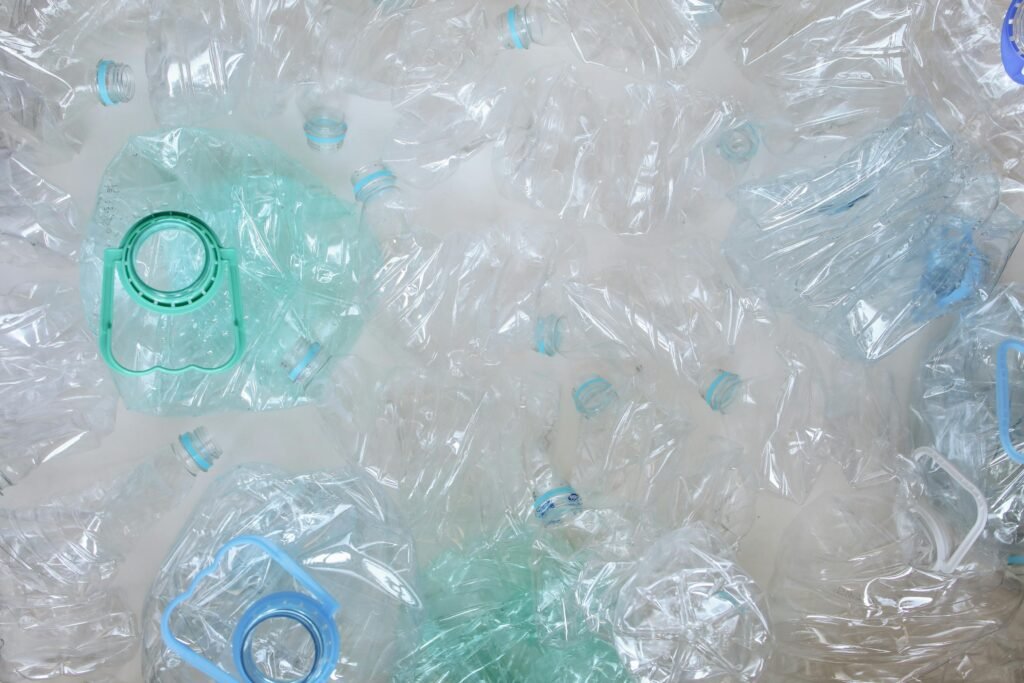Recycling Basics and Benefits

Recycling is an essential practice in our modern world, aimed at reducing waste and conserving natural resources. By transforming waste materials into new products, recycling helps minimize the environmental impact of our consumption. Understanding the basics of recycling and its myriad benefits can empower individuals and communities to contribute positively to a more sustainable future.
Delving deeper into the topic, this article will explore the foundational principles of recycling, the specific advantages it offers, and the processes involved from collection to manufacturing. We’ll also discuss the challenges faced by the recycling system and the importance of purchasing recycled products. With this comprehensive guide, you’ll gain a thorough understanding of how recycling works and why it’s crucial for our planet’s health.
Recycling Basics and Benefits

Recycling involves the collection and processing of materials that would otherwise be discarded as waste and transforming them into new products. This process is critical for reducing the volume of waste sent to landfills and incinerators, thereby conserving natural resources, saving energy, and decreasing pollution. The benefits of recycling extend beyond environmental impact, also providing economic and social advantages, such as job creation and community development.
Recycling starts with the simple act of separating recyclable materials from regular waste. Common recyclables include paper, cardboard, glass, metals, and certain types of plastics. By participating in local recycling programs, individuals can significantly reduce the amount of waste they produce. Moreover, recycling helps conserve raw materials, such as timber, water, and minerals, ensuring that these resources are available for future generations.
Benefits of Recycling

The benefits of recycling are vast and multi-faceted. Environmentally, it reduces greenhouse gas emissions, conserves energy, and decreases the need for raw material extraction, which often results in habitat destruction and biodiversity loss. Economically, recycling supports industries that rely on recyclable materials, creating jobs and fostering innovation. Socially, recycling programs can bring communities together, promoting a shared sense of responsibility for the environment and future generations.
Recycling also reduces pollution by decreasing the need to collect new raw materials. For instance, recycling paper reduces the demand for wood, thereby lessening deforestation and its associated impacts on wildlife habitats and ecosystems. Additionally, manufacturing products from recycled materials often requires less energy than producing the same items from virgin materials. For example, recycling aluminum saves up to 95% of the energy needed to produce new aluminum from bauxite ore.
Recycling System Overview

The recycling system is a complex network that involves various stages, from the initial collection of recyclable materials to their transformation into new products. Understanding this system is crucial for improving recycling rates and efficiency. The system includes collection, processing, manufacturing, and purchasing recycled products, each playing a vital role in ensuring the success of recycling initiatives.
The first step in the recycling system is the collection of recyclable materials. This can be done through curbside collection programs, drop-off centers, and deposit or refund programs. Once collected, these materials are transported to recycling facilities for processing. At these facilities, the materials are sorted, cleaned, and prepared for manufacturing into new products. This process ensures that the recyclable materials meet the quality standards required for use in the production of new goods.
Collection and Processing

The collection process involves gathering recyclable materials from households, businesses, and other sources. These materials are then transported to recycling facilities, where they undergo sorting and cleaning to remove contaminants. Advanced technologies and manual labor are used to separate different types of materials, such as paper, plastic, glass, and metals, ensuring that they meet the quality standards required for further processing.
Once the materials are sorted, they are cleaned to remove impurities that could interfere with the recycling process. For instance, food residue must be removed from containers, and ink must be removed from paper. After cleaning, the materials are processed into forms that can be easily used in manufacturing. For example, glass is crushed into cullet, plastic is shredded into pellets, and paper is pulped.
Manufacturing

Once sorted and processed, the clean recyclable materials are used as raw inputs for manufacturing new products. This stage involves transforming the materials into new forms, such as converting plastic bottles into polyester fibers or turning glass into new glass containers. The manufacturing process is critical for closing the recycling loop, as it creates a market for recyclable materials and reduces the need for virgin resources.
The use of recycled materials in manufacturing can significantly reduce the environmental impact of production. For example, using recycled steel in construction can save up to 60% of the energy required to produce new steel from iron ore. Similarly, manufacturing paper from recycled paper saves about 40% of the energy needed to produce new paper from wood pulp. These energy savings translate into reduced greenhouse gas emissions and lower production costs.
Purchasing New Products Made from Recycled Materials

Consumers play a crucial role in supporting the recycling system by purchasing products made from recycled materials. By choosing recycled-content products, consumers can help drive demand for recyclable materials, encouraging manufacturers to continue using recycled inputs. Additionally, buying recycled products helps reduce the environmental impact of production and supports the overall sustainability of the market.
Products made from recycled materials are often just as good, if not better, than those made from virgin materials. For instance, recycled paper can be used for printing, packaging, and other applications without compromising quality. Similarly, recycled plastic can be used to make a wide range of products, from clothing to furniture. By choosing recycled products, consumers can contribute to the success of the recycling system and help create a more sustainable future.
Challenges to Recycling System

Despite its numerous benefits, the recycling system faces several challenges. Contamination of recyclable materials, inadequate infrastructure, and fluctuating market conditions can hinder the efficiency and effectiveness of recycling programs. Addressing these challenges requires a collaborative effort from governments, businesses, and individuals to improve recycling practices, invest in advanced technologies, and promote awareness and education about the importance of recycling.
Contamination occurs when non-recyclable materials are mixed with recyclables, which can make it difficult to process and recycle the materials. For example, food waste or liquids in recycling bins can contaminate paper and cardboard, rendering them unusable. To combat contamination, it’s essential to educate the public on proper recycling practices and to develop more effective sorting technologies.
Inadequate infrastructure is another significant challenge. Many communities lack the necessary facilities and equipment to efficiently collect and process recyclable materials. Investing in recycling infrastructure, such as modern sorting facilities and advanced processing technologies, can help improve recycling rates and reduce the environmental impact of waste.

Market conditions also play a critical role in the success of recycling programs. The value of recyclable materials can fluctuate based on supply and demand, making it challenging for recycling facilities to remain economically viable. Developing stable markets for recycled materials and encouraging the use of recycled content in manufacturing can help mitigate these challenges.
In conclusion, recycling is a vital practice that offers significant environmental, economic, and social benefits. By understanding the basics of recycling, participating in the recycling system, and supporting the market for recycled products, we can collectively work towards a more sustainable and resilient future. Recycling not only helps conserve natural resources and reduce pollution but also fosters economic growth and community development. By making a conscious effort to recycle and purchase recycled products, individuals can play a crucial role in creating a sustainable world for future generations
Got questions?
